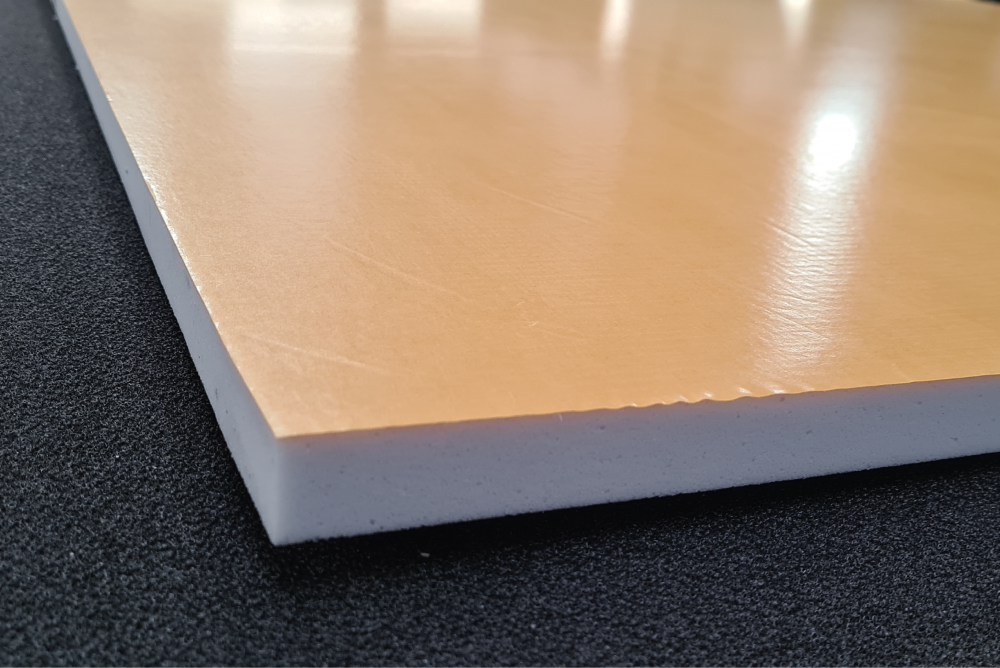Are you thinking about buying a memory foam mattress?
Are you confused about all the hype and confusing claims made by the different advertisements for memory foam?
I’ve set out to clear the air,Memory Foam Mattresses Under Oath…The Truth and Nothing But The Truth Articles remove the “smoke and mirrors”, and put into one article all the true information you’ll need to make a selection that will thrill you, give you years of value and make poor sleep a thing of the past.
The term “memory foam” or “visco-elastic memory foam” was coined in the early days of NASA’s space program. That’s why it’s also known as NASA foam.
Visco-elastic foam has unique qualities.
It is able to mold itself to the shape of any object that puts pressure on it and, yet, when the object is removed, it will slowly return to it’s original shape.
The picture that comes to mind is the hand above the memory foam mattress that still has the hand print showing on it.
Memory foam is an open celled foam, which means that air is free to move from one cell to another, so when pressure is applied, the affected cells collapse and you feel sort of like you’re floating down into the material.
This collapsing of the cells allows the material to “melt away” from pressure until the entire surface of your body is evenly supported over the surface of the memory foam.
It virtually eliminates pressure points.
Another unique feature of a memory foam mattress is temperature sensitivity.
Within a short time of your body lying on the mattress, your body temperature will start to cause the memory foam to soften.
Any area of your body that has excess heat, such as a fevered injury, will cause the mattress to soften even further where it is touching, making memory foam the ideal material for a comfortable mattress.
The Memory Foam Mattress Industry Was Born
The memory foam mattress industry started slowly in the early 1990’s and then shot into the mainstream in the late 1990’s and early 2000’s.
And, yes, as in all industries, some companies Mousse de mélamine are born just to make inferior products and, then, using terminology that is confusing or misleading, capitalize on the lack of good information that’s available to consumers.
So let’s clear some of the confusion with a few simple facts.
What Is The Difference Between Good And Bad Memory Foam?
Memory foam is graded by it’s density. Imagine yourself cutting a huge “dice” (yeah, like the kind you throw on the crap table) out of memory foam 12″x12″x12″ and slapping it onto the scale in your doctor’s office. If your “dice” weighed 5.9 lbs. it’s considered to have a density of 5.9, or if it weighs 3.2 lbs. the density is rated as 3.2.

Pretty simple, really, isn’t it. Like most things, we all thought density would be determined by some E=IR formula or something terribly complex.
You, now, know more about density than most of the sales people in your local mattress store.
It’s also a fact that the less dense foams are made mostly of air, not foam. Less foam, less cost to manufacture…they can sell it cheaper.
For most memory foam mattresses, it’s a fact that the human body is best supported by a density of 5.3 lbs. to 5.9 lbs. Any heavier than this and it tends to be too dense and won’t allow the proper cell collapsing that allows your body to settle into it.